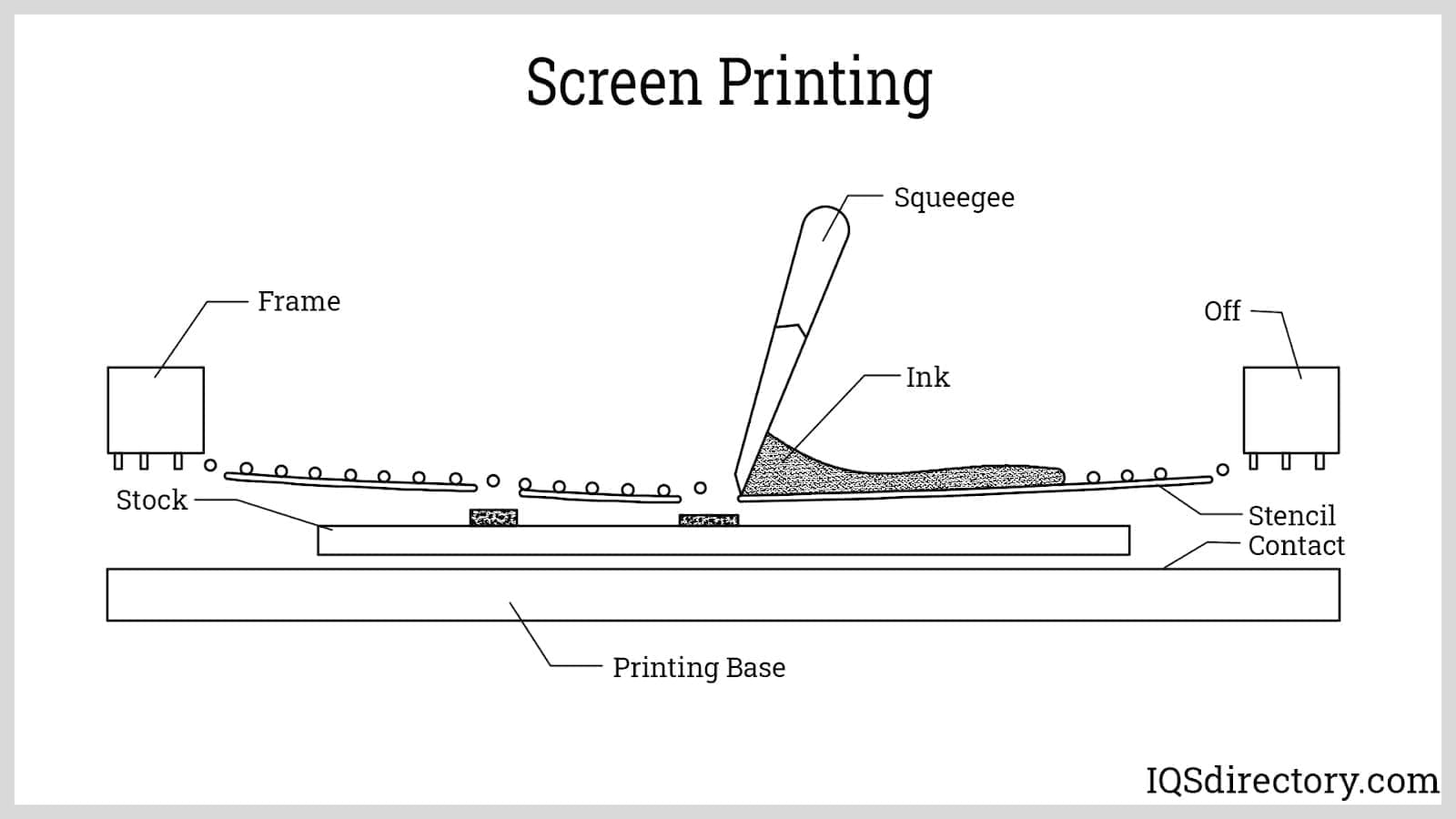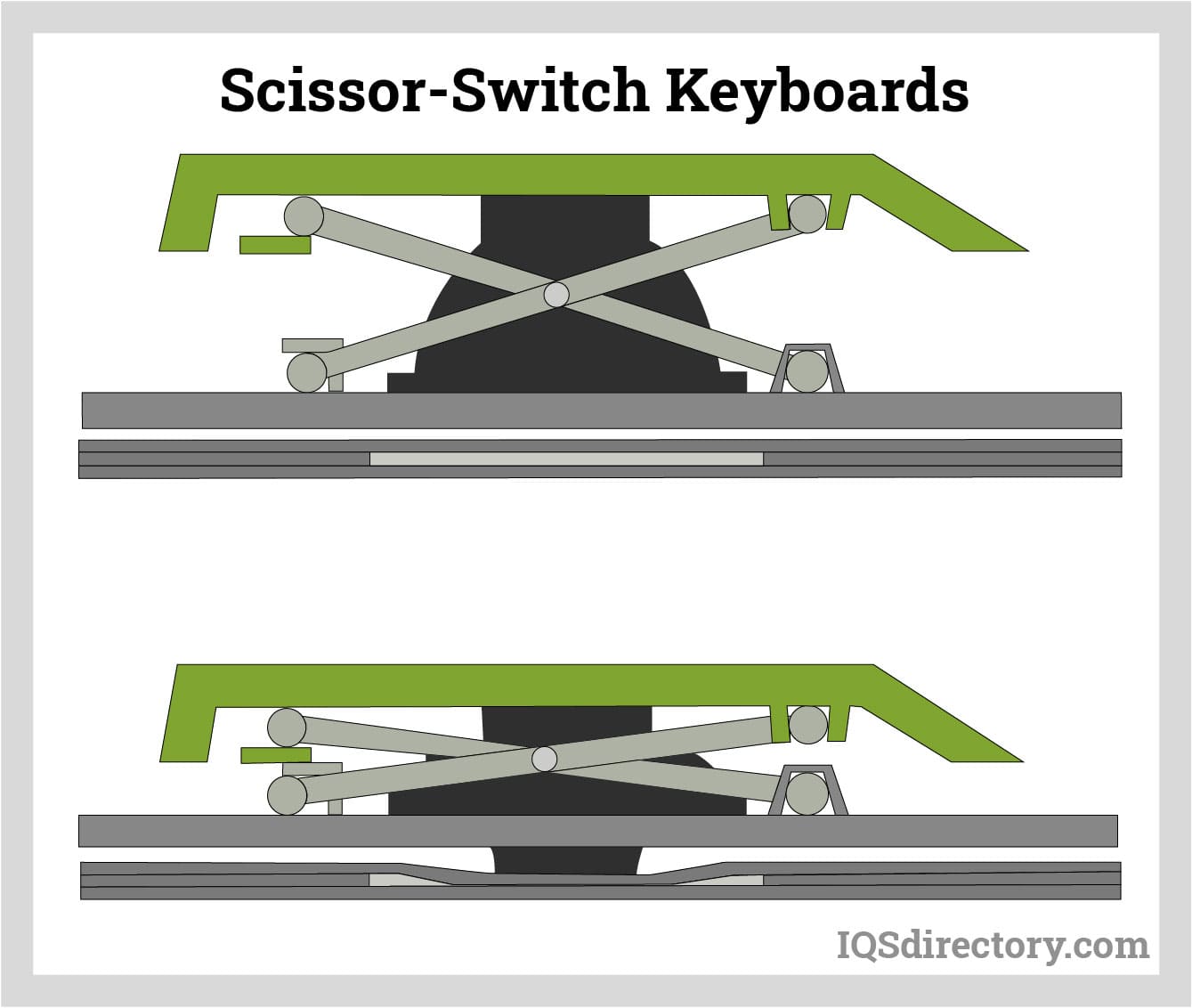The Manufacturing Refine Behind Membrane Layer Switch Over: What You Need to Know
The manufacturing process behind membrane switches over combines mindful style, product option, and quality assurance. It starts with understanding the intricacies of membrane button layout and proceeds through numerous stages, consisting of product choices and printing techniques. Each stage plays an important role in making sure functionality and sturdiness. The intricacies of layer construction and the rigorous screening standards may reveal understandings that are not promptly obvious. What exists past these foundational elements?
Comprehending Membrane Switch Layout
Although membrane layer switches might show up easy at initial look, their layout involves complex factors to consider that assure performance and toughness. The design procedure starts with a comprehensive understanding of individual demands, consisting of the interface's desired application and environmental elements. Ergonomics is a crucial element, as the format should facilitate simplicity of usage while making sure that tactile feedback meets user expectations.Moreover, the layering of parts, such as visuals overlays, glue layers, and conductive traces, have to be specifically crafted. membrane switch. This layered setup not just influences the button's responsiveness however likewise influences its longevity. Attention is provided to the sealing strategies employed to shield against moisture and dirt, which could compromise performance. In addition, style considerations reach aesthetics, where color pattern and visual quality enhance user experience. Eventually, the style of membrane switches over equilibriums functionality, user experience, and sturdiness, making sure that they fulfill the needs of various applications successfully
Materials Utilized in Membrane Switch Over Production
When selecting products for membrane switch production, it is necessary to contemplate both efficiency and toughness. The main materials consist of polyester and polycarbonate movies, which give versatility and toughness. These films are commonly covered with adhesive to guarantee correct bonding to substratums. Conductive inks, normally composed of silver or carbon, are vital for creating electrical links within the switch, enabling reputable operation.Additionally, a protective layer, such as a hard coat, is frequently related to boost scrape resistance and durability. The option of backing material, such as acrylic or foam, can significantly impact the button's responsive feel and total individual experience. Moreover, various ecological aspects, including temperature level and moisture, must assist material selection to assure peak efficiency in details applications. Inevitably, the best mix of products adds to the membrane layer switch's functionality and life-span, making educated selections necessary for manufacturers.
The Printing Process: Creating Graphics and Text
The printing procedure in membrane switch production plays a considerable duty in producing top quality graphics and text. Numerous visuals style techniques are employed to assure visual charm and functionality, while careful ink choice approaches are necessary for toughness and efficiency. Recognizing these components is fundamental for attaining best results in membrane layer button layout.
Graphic Layout Techniques
Graphic design techniques play a crucial function in the printing process of membrane layer buttons, as they define exactly how graphics and text will ultimately appear on the final product. Reliable graphic style entails the tactical use of formats, typefaces, and shades to boost readability and aesthetic allure. Developers usually utilize vector graphics for scalability, making certain that photos stay sharp at numerous sizes. In addition, attention to comparison and placement is important, as it affects individual communication and aesthetic top quality. The consolidation of branding elements, such as logos, should be handled with treatment to maintain brand honesty. On the whole, thoughtful visuals layout strategies contribute considerably to the performance and good looks of membrane switches, influencing individual experience and item performance.
Ink Selection Methods
Picking the appropriate ink is important for accomplishing the desired visual top quality and toughness in membrane layer button manufacturing. Various ink types are made use of, consisting of solvent-based, water-based, and UV-curable inks. Each type offers distinct attributes, such as versatility, resistance, and attachment to ecological factors. Solvent-based inks are frequently preferred for their durability and vibrant shades, while water-based inks are much more eco-friendly however may have restrictions in attachment. UV-curable inks supply rapid healing and robust performance. In addition, shade matching techniques assure that the selected inks straighten with design specifications. Inevitably, the selection of ink need to think about aspects such as application approach, substrate compatibility, and end-use requirements to attain superior lead to membrane layer button graphics and message.
Layer Building and Setting Up

Product Selection Refine
A mindful selection of products is crucial in the production process of membrane buttons, as it directly affects capability and sturdiness. The key materials utilized consist of polyester, polycarbonate, and various conductive inks. Polyester is often favored for its superb resistance to chemicals and abrasion, making it appropriate for extreme atmospheres. Polycarbonate, on the various other hand, provides superior quality and influence resistance, which is useful for applications calling for exposure and effectiveness. Conductive inks, usually composed of silver or carbon, are important for creating reputable electric paths. In addition, the option of glue materials affects the total stability of the button - membrane switch. Reviewing factors such as ecological direct exposure, tactile responses, and aesthetic requirements overviews producers in selecting the look at this site very best materials for their certain applications
Layer Bond Methods
Sticking layers in membrane layer button construction is a vital procedure that assures capability and long life. Various attachment strategies are used to safeguard ideal bonding between layers, which usually consist of the usage of adhesives, warmth, and pressure. Pressure-sensitive adhesives (PSAs) are commonly utilized for their simplicity of application and immediate bonding capabilities. In addition, thermal bonding strategies can be used, where warmth is utilized to activate sticky properties, protecting a solid bond. The selection of bond method mostly depends upon the products included and the certain application demands of the membrane switch. Correct positioning and consistent application of adhesives are essential to protect against problems, protecting the button runs successfully throughout its intended life expectancy.
Quality Assurance Measures
Guaranteeing top quality control during the layer building and construction and assembly of membrane layer buttons is crucial for keeping performance and integrity. This process normally entails a number of crucial measures, including complete evaluations at each phase of production. Suppliers use innovative testing techniques, such as peel examinations and attachment evaluations, to verify the integrity of layer bonds. Furthermore, aesthetic assessments are carried out to recognize any type of defects in printing or material variances. Ecological conditions, such as temperature level and moisture, are thoroughly checked to assure suitable curing and attachment. In addition, regular calibration of tools aids preserve specific manufacturing standards. By applying these high quality control measures, suppliers can significantly minimize the danger of product failure, assuring that the last membrane switches fulfill the called for specs and client expectations.
Evaluating and Quality Assurance Actions

Developments in Membrane Layer Change Innovation
As advancements in modern technology remain to evolve, membrane layer switches are taking advantage of cutting-edge developments that enhance their capability and individual experience. One notable technology is the combination of capacitive touch technology, which permits more receptive and intuitive interface. This shift not just improves aesthetic appeals yet additionally reduces mechanical wear and tear, extending the life expectancy of the switches.Additionally, advancements in visuals overlay products have led to boosted toughness and resistance to ecological aspects such as moisture and UV light. These products currently provide enhanced clearness and illumination, further boosting the visual appeal.Furthermore, the consolidation of clever technology is changing membrane layer switches into interactive control board, making it possible for connection with IoT devices. This connectivity cultivates a smooth user experience, leading the means for applications in various industries, from health care to consumer electronic devices. Jointly, these innovations position membrane changes as vital parts in modern-day device design.
Often Asked Inquiries
How much time Does the Membrane Change Production Refine Take?
The period of the membrane layer button production procedure can differ substantially. Factors such as complexity, materials utilized, and production volume influence timelines, with common production ranging from a few days to several weeks for completion.
What Are the Common Applications for Membrane Layer Buttons?
Membrane layer buttons are generally made use of in numerous sectors, consisting reference of auto controls, house devices, clinical gadgets, and consumer electronics (membrane switch). Their flexibility and toughness make them suitable for applications needing easy to use interfaces and dependable performance in varied settings
Can Membrane Layer Changes Be Customized for Specific Demands?

What Is the Life expectancy of a Normal Membrane Layer Switch Over?
The lifespan of a common membrane layer button differs, yet usually, it varies from 1 to 5 million cycles. Factors such as usage, environment, and material top quality greatly influence sturdiness and general efficiency gradually.

Are Membrane Switches Over Eco-friendly?
The ecological friendliness of membrane switches differs. Some products utilized may not be recyclable, while others can be environmentally friendly. The overall influence relies on producing products and methods, necessitating careful factor to consider during selection and disposal. The production process behind membrane switches over combines cautious style, product option, and high quality control. It begins with recognizing the ins and outs of membrane button design and proceeds with various phases, including product options and printing techniques. When picking materials for membrane layer switch production, it is necessary to contemplate both efficiency and sturdiness. A careful choice of materials is necessary in the manufacturing procedure of membrane buttons, as it directly affects functionality and my response toughness. The choice of attachment method mainly depends on the materials included and the specific application requirements of the membrane layer switch.